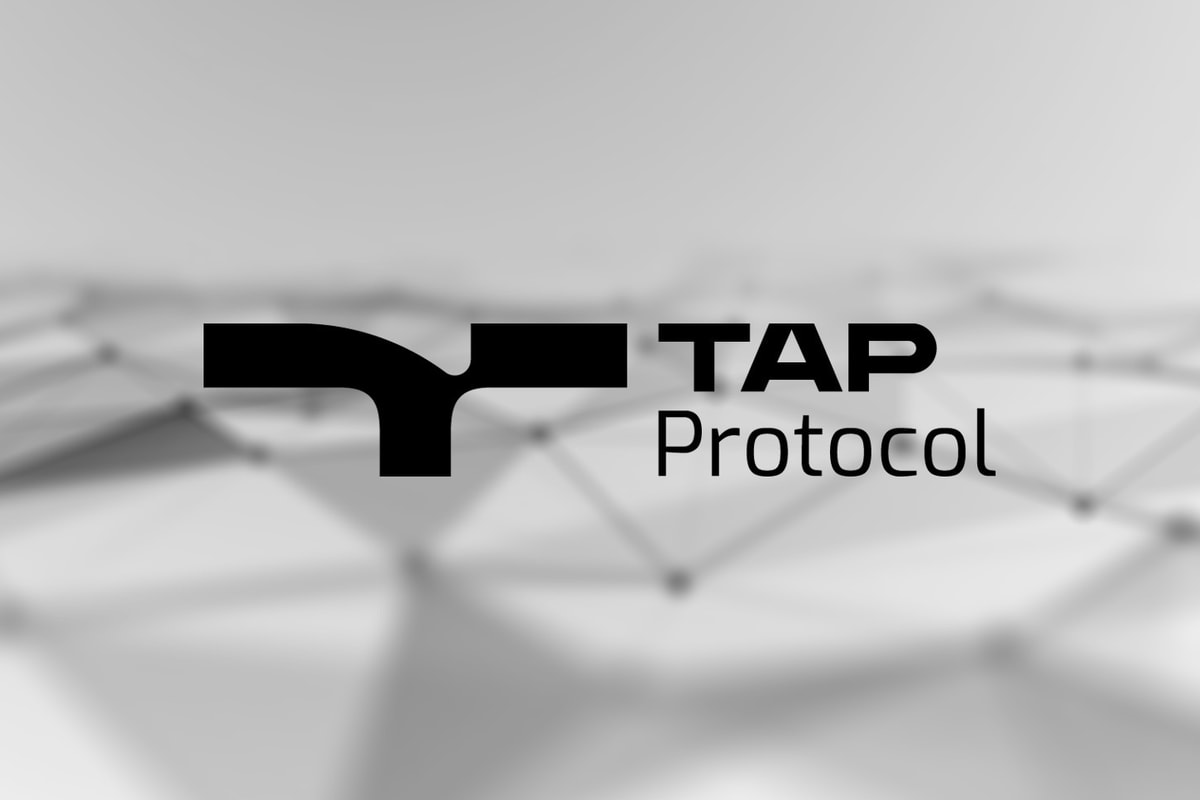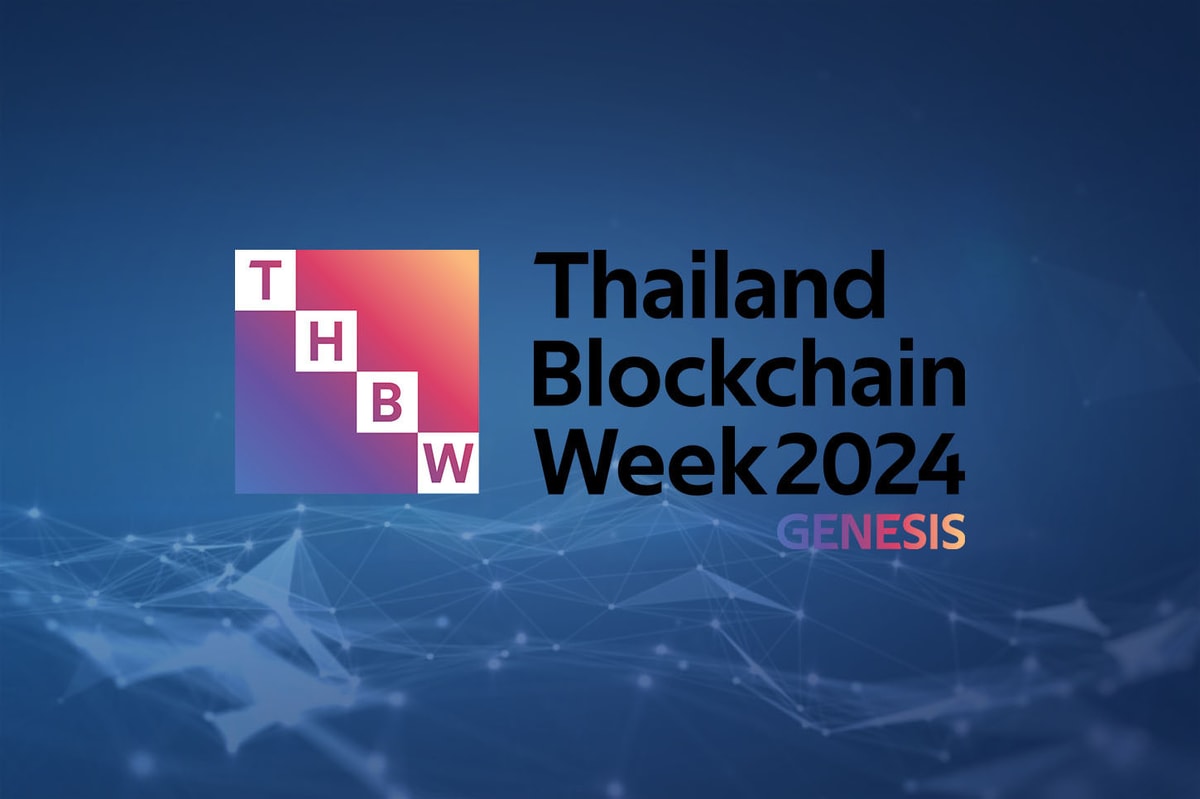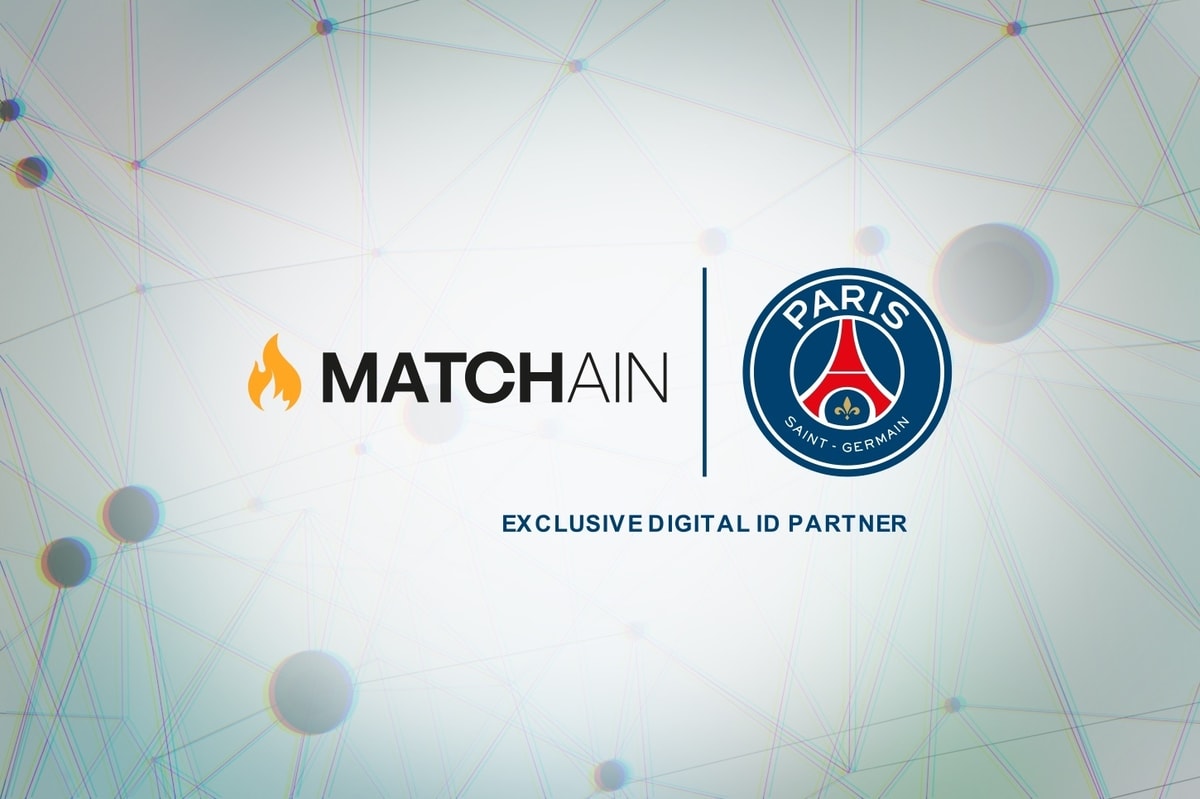At the Consensus 2023 conference, Portkey, the first contract account (CA) wallet with a decentralized identity (DID) solution coming from the ecosystem of layer-1 network aelf, elaborated on how it managed to provide easy usability, security and self-custody to users without having to charge them a list of fees. With its all-rounder features, Portkey aims to lower the threshold for Web2 users and projects to enter Web3.
“One of the biggest obstacles that’s stopping Web2 users from entering Web3 on a large scale is, in fact, the lack of a proper Web3 wallet,” said Steven, chief technical officer at Portkey. As the entry point to Web3, the current Web3 wallets available are more or less flawed. The problems center around usability, security and self-custody. For instance, with EOA (externally owned account) wallets, users need to log in with seed phrases, which are hard to keep and easy to lose. Exchange wallets are much more user-friendly, but do have centralized risks.
These problems can now be tackled revolutionarily with the social recovery mechanism of Portkey’s CA wallet, enabled by aelf’s account abstraction feature. For account abstraction, Portkey decouples user accounts and private keys. User accounts are coded in smart contracts detailing how it would operate in association with users’ private keys.
When users create a Portkey CA wallet account, they can register with phone, email or other social accounts. Users will also get private keys and manager addresses on their devices. Unlike EOA wallets, users don’t need to access and use their wallets directly with private keys. Instead, they can login and operate the wallet accounts in a Web2 manner, greatly enhancing the user-friendliness of the wallets.
What’s worth noting is that when a user creates or logs into their CA wallets, their identity needs to be verified by “guardians.” The default guardian is the social account with which the user uses to create a Portkey account. The identity verification process can be divided into two parts. First, the user’s social account needs to be verified by “verifiers,” the external service providers sending verification codes to the corresponding social accounts of the guardian, and guardians will release approvals for login depending on the verification results. Secondly, when the number of guardians is no more than three and all provide approval, or a proportional percentage of the total number of guardians provide approval when the number of guardians exceeds three, a manager address on the device will be generated and linked to the users’ CA wallet account, which can then be controlled.
This is the key mechanism that Portkey defines as a DID solution. It is also the key mechanism for social recovery. If a user loses their account, they can log in from another device and initiate the identity verification procedure via guardians supported by verifiers. After the user’s identity has been verified and has enough guardians’ approvals, they can remove the old device by unlinking the manager address on it, and regain control of their account on a new device.
The verification process is decentralized, ensuring no one has control of users’ identities as well as the wallet accounts, therefore making the wallet fully decentralized and self-custodial. Meanwhile, users can choose more than one guardian, which eliminates the risk of single-point failure and strengthens wallet security. Guardians can be users’ different devices or social accounts, or those of their trusted people. As the value held by users increases in their wallets, they should increase the number of guardians to level up security accordingly.
It’s safe to say that a CA wallet with a DID social recovery mechanism will be the ultimate form for Web3 wallets, among which Portkey has the lead. Despite the fact that Portkey is not the only CA wallet in the market, it is one of the few that can currently carry out the DID and social recovery process seamlessly.
Portkey is also much cheaper than other CA wallets. During identity verification or social recovery process, the verifications need to be completed by conducting relevant transactions in smart contracts which need gas fees. For CA wallets in other ecosystems, the fees can be extremely high. In contrast, Portkey adopts a delegation model that lets the application itself or its partnered applications cover the fees for users.
By delivering the benefits of easy usability, total self-custody, extra security and low fees to Web3 users, Portkey has strong potential to stand out as a crypto wallet that can lead the migration from Web2 to Web3.
For more details, visit the Portkey website.











